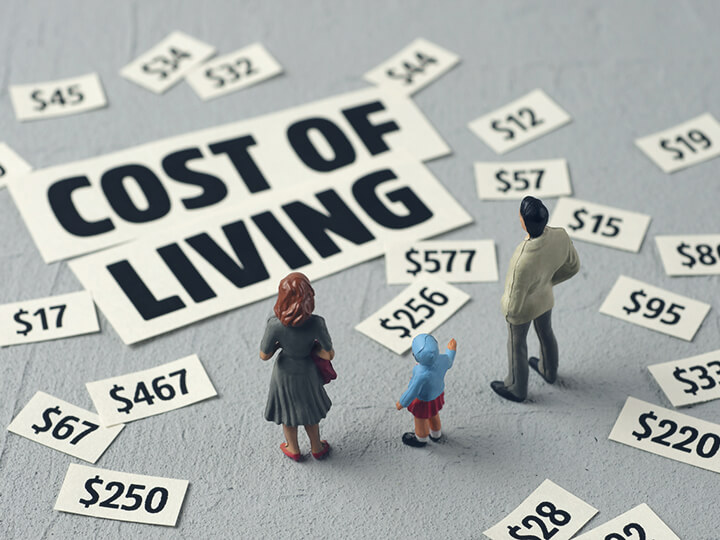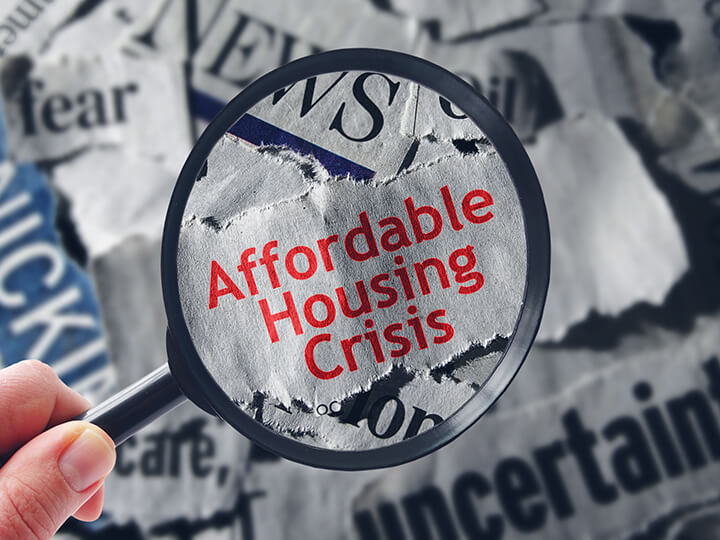October 11th, 2022
5 questions you may have as a renter in Australia
Tips & How to's
Blog

Australia’s rental market is in record disarray, with affordability at historic lows and vacancy rates still desperately close.
The crisis worsened last year and left renters fighting for a roof over their heads as policymakers fought to respond.

The extent of the crisis is damning, with recent reports claiming rental affordability has reached all-time lows in decades.
Additionally, CoreLogic’s recent data notes that the percentage of gross annual household income that can be used to cover the median rent has increased to 32.9% — an all-time high.
PropTrack’s rental affordability report also mentions that Australian households today can afford only the lowest percentage of advertised rentals at least since 2008.
Also adding insult to injury is Anglicare Australia’s 2025 Rental Affordability Snapshot which notes that no rentals were affordable to any person on Youth Allowance — leaving our country’s most vulnerable in a damning position.
Of 51,238 rentals, only three were affordable to a JobSeeker but still remained nonaffordable for a person on Youth Allowance.
It was also found that only 0.7% of rentals were affordable for a full-time minimum wage worker.

The crisis is hitting Australia’s most disadvantaged citizens the hardest — students, sole parents and low-income earners are being pushed to the brink.
Many renters are being forced to make impossible choices — cutting back on essentials, taking on extra shifts, or even facing homelessness.
There are several factors that have caused the worsening rental market:
Housing shortage: Australia’s construction rate of homes is at ten-year lows and migration numbers remain at all-time highs, driving demand for rental housing.
Policies favouring investors: tax benefits like negative gearing and capital gains tax relief have stimulated property investment speculation, driving rents up.
Cost-of-living blow: flat wages and inflation lead renters to spending a higher percentage of what they earn on housing and not much else.

Experts argue that instant policy changes are required to counter the crisis. Some of the proposed solutions are:
Increasing housing supply: governments should step up construction to boost rental supplies and ease pressure on prices.
Overhauling tax policies: reframing tax incentives to discourage speculation and induce long-term rental affordability.
Accelerating Rent Assistance: providing additional funding assistance to low-income renters to prevent homelessness.

In the lead up to the federal election, housing affordability was on the agenda and once Labor won, the party made several policy commitments to address the rental crisis.
While both political parties have made big promises to end the crisis, tenants don’t believe that concrete action will be delivered.
The rental crisis is not an emergency one — it’s a crisis of systems that requires bold reforms.
If there isn’t forceful action, Australia’s rental market will continue to push vulnerable populations further into debt.